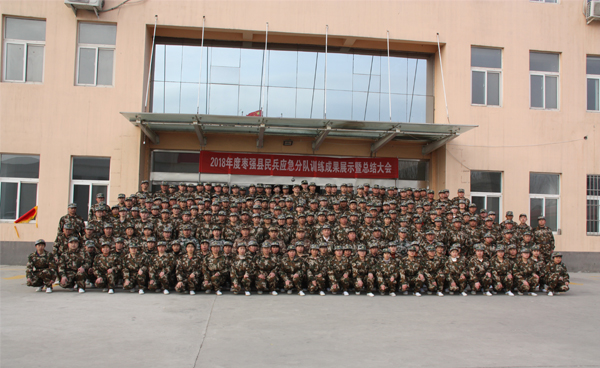
Nov . 23, 2024 12:12
Back to list
safety relief valve
Understanding Safety Relief Valves Essential Components for Pressure Management
Safety relief valves (SRVs) are critical components in various industrial processes, fundamentally designed to protect equipment and personnel from the dangers associated with overpressure scenarios. These devices play a pivotal role in maintaining operational safety and efficiency in environments where pressure vessels, boilers, and pipelines are utilized. This article delves into the essential features, working principles, applications, and maintenance of safety relief valves.
What Is a Safety Relief Valve?
A safety relief valve is a pressure relief device that automatically releases a substance from a pressure vessel when the pressure exceeds a predetermined limit. It can relieve pressure from gases, vapors, or liquids, returning the system to a safe operational status. These valves are engineered to operate seamlessly, typically featuring a spring-loaded mechanism that opens when the force exerted by the internal pressure exceeds the spring force.
Working Principle of Safety Relief Valves
The basic operational principle of an SRV is relatively straightforward. When a system is functioning normally, the internal pressure remains below the set pressure of the valve. However, when an abnormal condition arises, such as a sudden increase in temperature or blockage in the pipeline, the internal pressure climbs. Once this pressure reaches the setpoint, the valve opens to vent the excess pressure.
The valve's design includes a critical component the set pressure, which is predetermined based on the specifications of the system it serves. A accurately calibrated spring holds the valve closed until the pressure threshold is reached. Once the valve opens, the relief process continues until the system pressure drops to a safe level, allowing the valve to reseal and resume normal operations.
Types of Safety Relief Valves
Safety relief valves can be classified into several categories based on their design and application
1. Spring-loaded Relief Valves The most common type, utilizing a spring mechanism to control the opening and closing based on internal pressure. 2. Pilot-operated Relief Valves These valves use a smaller pilot valve to control a larger main valve. They are efficient for higher pressures and flows.
3. Pop-off Valves These valves open fully when the set pressure is reached, offering a rapid release of pressure.
4. Balanced Bellows Valves These designs utilize a bellows system to reduce the effect of back pressure on the valve’s seat, enhancing reliability in varying pressure conditions.
Applications of Safety Relief Valves
safety relief valve

Safety relief valves are employed in numerous industries, including
- Oil and Gas Protecting pipelines and refining equipment from excessive pressure during extraction and processing.
- Chemical Processing Ensuring that reactors and storage vessels operate within safe limits to prevent explosions or leaks.
- Power Generation Preserving the integrity of steam boilers and turbines by managing pressure levels effectively.
- Water Treatment Safeguarding systems that deal with pressurized water treatment processes.
Importance of Maintenance and Inspection
Regular maintenance and inspection of safety relief valves are crucial to ensure their reliability and performance. Over time, these valves can experience wear and tear, leading to malfunctions. Key maintenance practices include
- Periodic Testing Conducting routine tests to verify that the valve opens at the designated set pressure.
- Cleaning and Lubrication Keeping mechanisms clean and adequately lubricated to avoid sticking or jamming.
- Calibration Ensuring that the set pressure remains accurate, particularly after significant maintenance or changes in system operation.
- Visual Inspections Checking for any signs of damage, corrosion, or leaks that may impair functionality.
Conclusion
The significance of safety relief valves cannot be overstated in the industrial landscape. They serve as a vital line of defense against potential pressure-related hazards, protecting both equipment and human life. By understanding their workings, applications, and the importance of regular maintenance, industries can continually emphasize safety and operational reliability. Investing in quality safety relief valves and adopting diligent maintenance practices will help ensure a safer working environment, where processes can thrive without compromising safety standards.
Next:
Latest news
-
Safety Valve Spring-Loaded Design Overpressure ProtectionNewsJul.25,2025
-
Precision Voltage Regulator AC5 Accuracy Grade PerformanceNewsJul.25,2025
-
Natural Gas Pressure Regulating Skid Industrial Pipeline ApplicationsNewsJul.25,2025
-
Natural Gas Filter Stainless Steel Mesh Element DesignNewsJul.25,2025
-
Gas Pressure Regulator Valve Direct-Acting Spring-Loaded DesignNewsJul.25,2025
-
Decompression Equipment Multi-Stage Heat Exchange System DesignNewsJul.25,2025

